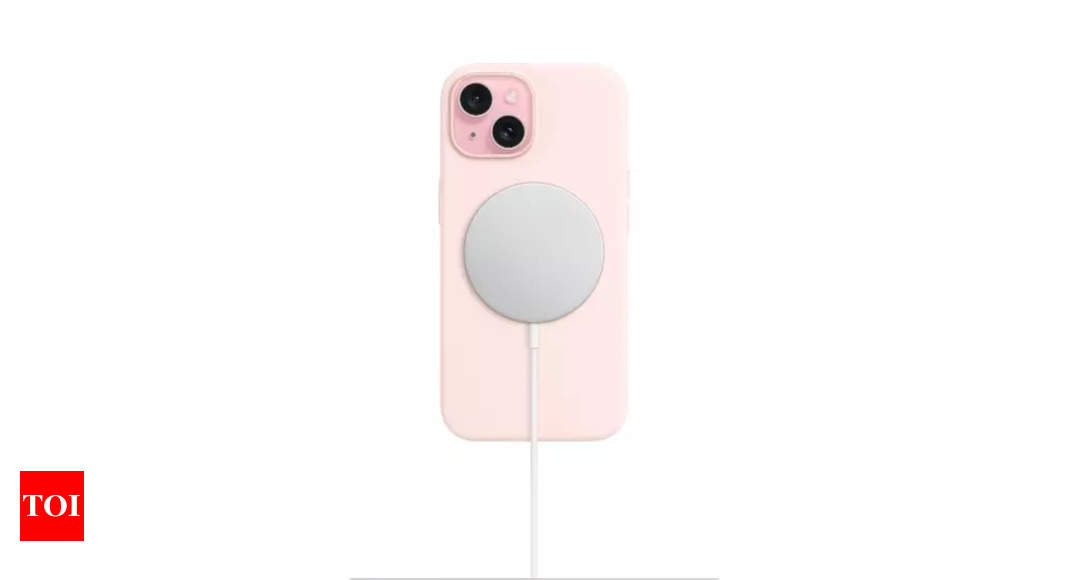MagSafe: Apple may upgrade MagSafe with data transfer, peripherals authentication capabilities
[ad_1]
“Drawbacks” of the existing MagSafe technology
Currently, to charge an iPhone with a MagSafe charger, the device needs to be MagSafe-compatible.Users can also charge their phones with a MagSafe-compatible iPhone case and the phone will still charge through it. However, Apple says that the existing technology faces “some drawbacks”.
According to a report by AppleInsider, a new patent from the company named “Accessory Devices That Communicate With Electronic Devices,” has been approved. This patent lays out the problem and also offers solutions that can make the MagSafe technology smarter.
Apple notes: “For instance, some accessory devices inadvertently form a ‘heat trap’ by virtue of their position on the electronic device. Moreover, advances in processor technology provide faster processing speeds for electronic devices, but generate more heat during operation.”
The company claims that, “several electronic devices” are designed to “throttle down” the processor when they reach a certain temperature. Some devices may even shut themselves down, depending on the device and the temperature.
“Accordingly, some users are required to choose between protecting their electronic device (with the accessory device), or permitting greater processing capabilities (without the accessory device protecting their electronic device),” Apple mentions.
How Apple is planning to improve MagSafe
In the latest patent, Apple has proposed that electronic devices (for example an iPhone) contain “a magnetic field sensor configured to detect a magnetic field from a magnetic assembly external to the housing.” This means iPhones can recognise when there is a MagSafe accessory attached.
Moreover, the iPhone can “compare the magnetic field detected by the magnetic field sensor with a predetermined magnetic field.” Therefore, the iPhone can differentiate between a MagSafe charger and a MagSafe iPhone case.
Knowing the difference, the iPhone’s charging components will be able to switch off charging at different temperatures. This will help in lowering the temperature threshold in situations set for when the iPhone is in a case.
However, the first level of recognition can recognise a case or a bare charger, but may not be able to identify the data that is being passed to it. Apple has also suggested a second level of recognition, in which data is passed through the MagSafe system in an accessory.
Apple says: “The accessory device may further include a wireless communication circuit disposed in the bottom wall. The wireless communication circuit may be configured to transmit information to the portable electronic device subsequent to an authentication based upon the magnetic field vector.”
Apple suggests that the MagSafe accessory may also inform iOS of its tolerances. However, the patent application is more focused about how data can be transmitted.
Once data can be sent via MagSafe, it can open up multiple other areas of utility. This proposal already contains that reference to “an authentication based upon the magnetic field vector,” which Apple can work on further.
The patent suggests that an iPhone may first recognise a nearby MagSafe accessory and then look for any kind of data that could be on it. This data may include identification and with such a system MagSafe can be used as a key.
The report claims that these features may not be limited to the iPhone. Recent rumours have also claimed that the upcoming iPad models may also gain MagSafe support.
[ad_2]
Source link

